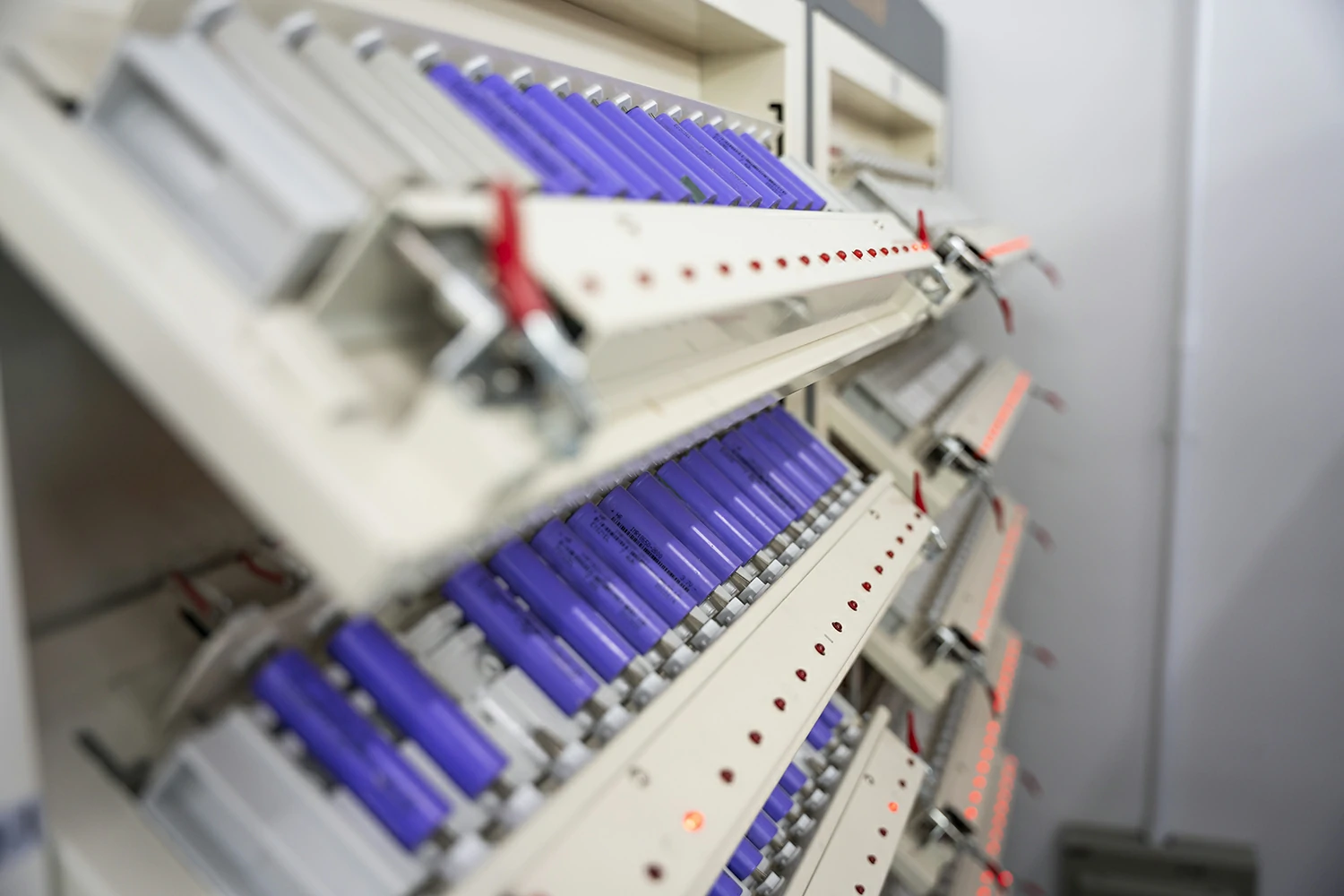
Lithium ion battery is a common rechargeable battery, which has the characteristics of high energy density, long lifespan, and low self discharge rate. Understanding these terms can help better understand the performance, safety, and sustainability of lithium batteries. Here are some terms related to lithium batteries:
- Cell
The most basic unit of a battery, usually consisting of a positive electrode, negative electrode, and electrolyte, is used for storing and releasing electrical energy. 2. Battery pack
A carp battery system composed of multiple battery cells, used to meet specific voltage, current, and capacity requirements. - Energy density
Measuring the energy stored per unit volume or mass, typically expressed in watt hours per kilogram (Wh/kg) or watt hours per liter (Wh/L). - Power density
Measure the power that can be provided per unit volume or mass, usually expressed in watts per kilogram (w/kg) or watts per liter (W/L). - Intemalresistance
The internal resistance of a battery can affect its charging and discharging performance and efficiency - Cycle life
The number of charging and discharging times that a battery can complete under normal charging and discharging conditions - Charge and discharge rate (C-rate)
The ratio between the charging and discharging current and the rated capacity of the battery. For example, 0.5C represents charging and discharging at 50% of the rated capacity of the battery. - Self discharge
Potassium batteries naturally lose electricity when not in use. - Charge and discharge efficiency
Indicates the difference between the actual amount of electricity charged or released and the theoretical value - Temperature range
The temperature range of a carp battery during normal operation is usually divided into the working temperature range and the storage temperature range - Thermal runaway


